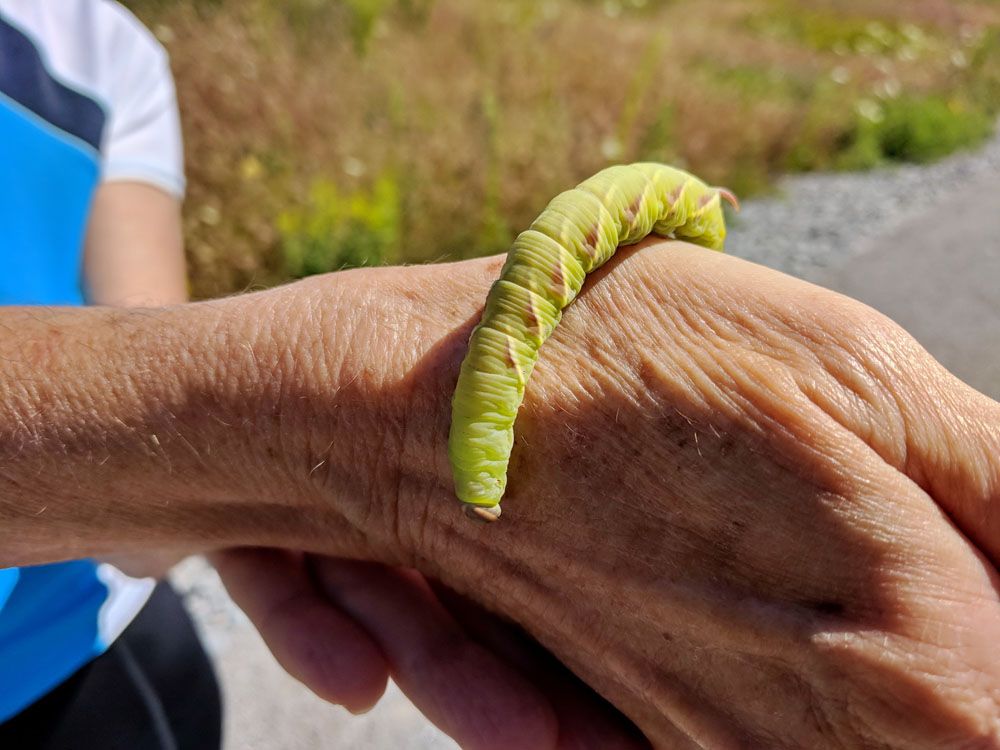
Great Ash Sphinx – Eumorpha achemon
Great Ash Sphinx – Eumorpha achemon
Common Name: Great Ash Sphinx
Latin Name: Eumorpha achemon
Appearance:
The Great Ash Sphinx has a wingspan of up to 5 inches, with brown wings and pink and white stripes on the body.
- Eggs:The eggs are green and laid on the host plants’ leaves.
- Pupae:The pupae are brown and are usually found in soil or leaf litter.
- Larvae:The larvae are green with white diagonal stripes and a horn on the tail.
- Adults:The adult moths have brown wings and pink and white stripes on the body, with a wingspan of up to 5 inches.
